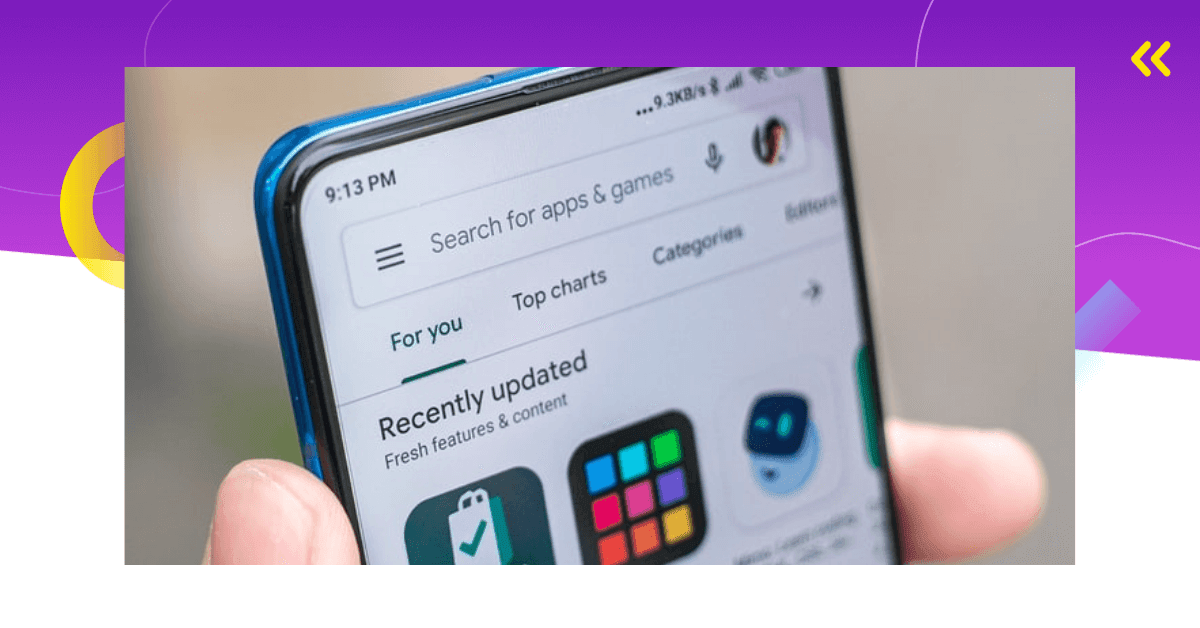What if I told you that there are specific audiences in the Google Ads system that are created specifically just for you with the power of Google machine learning? Requiring only minimal effort from your side, these audiences will be a real game-changer.
Enter auto-created custom intent audience.
You might be thinking that you have already read about custom intent audiences and that almost all of these texts have called these audiences “something for beginners”. But, are they just for beginners?
Can you use these audiences and show some “professional” results?
What is “custom intent audience” targeting?
Simply put – this type of targeting specific audiences on the display network. But it is completely different from already predefined categories. The custom intent audience is identifying new prospects (audience/people who want to buy your product/service) based on available data.
This Google Ads feature allows marketers to target users who are actively researching similar products and services. The main purpose of custom intent audiences is to target low-to-mid funnel users.
When to Use Custom Intent Audiences
There are some situations where custom intent audiences have proven to be especially effective. You should try them if you have found yourself in one of the following situations or processes:
Your search campaigns are underperforming and/or expensive
If your Search campaigns are not driving traffic like they used to or every click is becoming too expensive it is time to mix it up. The thing is, your competitors are probably bidding on the same keywords. Instead of relying on search only, you can target those same costly keywords on the Display network using custom intent audiences. This might get you a wide and high-intent audience.
You are trying to find your competitor’s audience
If you think your competitors’ names are common search terms – target them with display ads. This will bring you one step in front of the competition.
Creating a high-intent remarketing list
If your current remarketing list isn’t working as expected, give custom intent audiences a try. This type of targeting should deliver high-quality users to your website. Capturing them in your remarketing list could do miracles for your Google Ads campaigns.
Types of custom intent audiences
There are two types of custom intent audience, or, we can simply say – two types of available data. The first audience is based on data that you are manually entering into the Google ads system.
In other words – you are defining the new audience by entering certain keywords (topics) or domains (URLs) that people (prospects) who are likely to be interested in your product/service visit, research, and read about.

In that way, you are creating a “custom” audience for which you are certain to a degree that they will behave (be interested in your product/service) in a certain way. For example, the most common “manual” custom intent audience is based on URLs of your competitors.

In that example, you are targeting all people that have visited the web pages of your competitors. Remember, the goal of your campaign is to reach an audience that is looking into products or services similar to yours.
The second type of audience is the auto-generated custom intent audience.
And this is what is important – the audience is based on data that is coming from your own (already active) campaigns, targeted affinity and in-market audiences, remarketing list… AND your website!

But, why is this important?
Because auto-generated custom intent audiences are getting better and better through time because of the ever-increasing data they are based on.
How to activate auto-generated custom intent audience
First thing firsts. If your Google Ads account is new, there is a great probability that you will not find even one auto-created audience. This is because Google needs some time to create them. Remember – this type of audience is based on your past data from campaigns, remarketing lists, and your website.
Otherwise, you can follow these steps:
- Select desired display campaign in your account and then select the Audiences tab. Select the edit/target button (blue circle with a white pencil).

- Choose “edit audiences” (or “edit ad group targeting”) and choose an ad group in which you want to insert/edit the desired audience.

- In this step, you are now going to choose the “Browse” tab where you can see three options: Affinity, In-market, and Remarketing audiences.

- Click on In-market audience and then on “custom intent audiences: auto-created”

- Choose the desired auto-created audience. There are usually several types of these audiences. The only difference is on which type of data are they based on. For example, in the next picture, you can see an audience that is based on a website (just click on a small “i” letter beside every audience to see this info).

Of course, use every auto-created audience in your campaigns and raise your bids for the best ones.
Results of the campaigns
Before we go to results there are some things we must emphasize:
1) All results shown here are grouped results from several biggest (in spend and number of clicks/impressions) clients
2) Display campaigns from those accounts were shown around 790 million times (impressions) in the last 2 months
3) There was no difference in visuals of ads between different types of audiences (in the same account/campaign)
4) Remarketing audience is not part of this research because of its specific nature
5) Almost all of our clients are showing the same trends
First, let’s see how are people/prospects react to our ads by looking at the interaction rate (click-thru-rate).

Well, this is somewhat surprising, isn’t it? Auto-created audiences manage to be better almost 3 times from the second runner-up! If the interaction rate is one of the signs of a (closely) targeted audience, then this is one of the best proofs of how good auto-generated custom intent audiences have become.
Looking at just this information is one of the signs that we MUST consider the auto-created audience in targeting plans of our Google Ads campaigns. This interaction rate is almost as good (and in some cases even better) as the click-thru rate in the case of search campaigns.
But, clients do not “live off” interaction rate alone. No, one of the most important things that never change in digital marketing is – profitability. In regards to that let’s look at the conversion rate. Because we have several clients with different types of conversion we are going to first look at the “lead generation” campaigns:

Now, if we think about interaction rate as a sure sign of interested potential customers, then we can predict that the same audience will have the best conversion rate. And that is exactly shown to be the truth.
Let’s compare the conversion rate of Auto-created custom audiences with all other audiences in the case of “other types” (non-lead generation) of display campaigns:

Can we say that a machine-generated audience is at least 11% better than all other types of audiences?
This is another proof that strengthens the conclusion that an auto-created audience is A MUST.
Side note: although the numbers shown above are very good – it must be pointed out that these numbers are the results of months of optimization and lots of coffee. 😉
If we compare numbers from “lead generation” campaigns with “other” campaigns, the difference between custom intent (manual) & auto-created ones in case of “other” campaigns is not so big. The reason is that for some clients (“other” campaigns) we are seeing almost the same results between those two types of audience.
This is proof that everything should be tested. If something is working in one account – there is no guarantee that it will work in another.
Why are auto-created custom audiences so good?
Machine learning. This is the simplest answer. Google Ads machine learning is working in a way that it’s “delivering” best results when we have big volumes of data that it is based on. The more data we have – the better the results are.
Actually, in this case, it’s more like: The more data Google Ads have – the better the auto-created custom audiences are.
Tips for better results:
1) Use many different types of targeting on your existing campaigns
2) As you are gaining more and more historical data – the more you are having better & new custom intent audiences
3) Be sure that your on-site SEO is good
4) Check every week for new auto-created audiences!
5) It probably will take some time until you start to see new & better auto audiences – be patient!
The future of auto-created custom audience
The future is great for these types of audiences. Why do you ask? The simplest answer would be – it will get better with time. The reason for it because it’s based on machine learning.
Let me explain this in another way. This type of audience was first introduced at the end of 2017. Back then, everybody started testing with these “new toys” in the Google Ads system (myself included). But, the results were mediocre at best.
They were nothing special as the go-to solution for targeting was still a combination of keywords and (competitor) URLs. But, as Google decided to phase out keyword targeting, we were compelled to find new solutions.
Or, maybe not entirely “new” solutions, but rather to re-check old ones. So, once again we started testing with these auto-generated custom intent audiences. And the results were good. Better than last time.
Here’s an interesting fact about our campaigns. At the start of re-testing, we have seen around 5-10% better results than the first time around. And then, as the system started creating new (and better) audiences – the results became even better – around 30% better.
Over the last few years, these types of audiences are producing almost as good results as remarketing lists in some cases (very few cases, but still…). So, the future of auto-created custom intent audiences looks very bright.
Be sure to check all tips written in this article and you should see better results with time.






![Top 11 Mobile Intelligence Providers [Pricing Included]](/static/0e4f14bdef6ce961ec3302e21c4bf275/0ccb9/mobile-inteligence-providers.png)
Comments